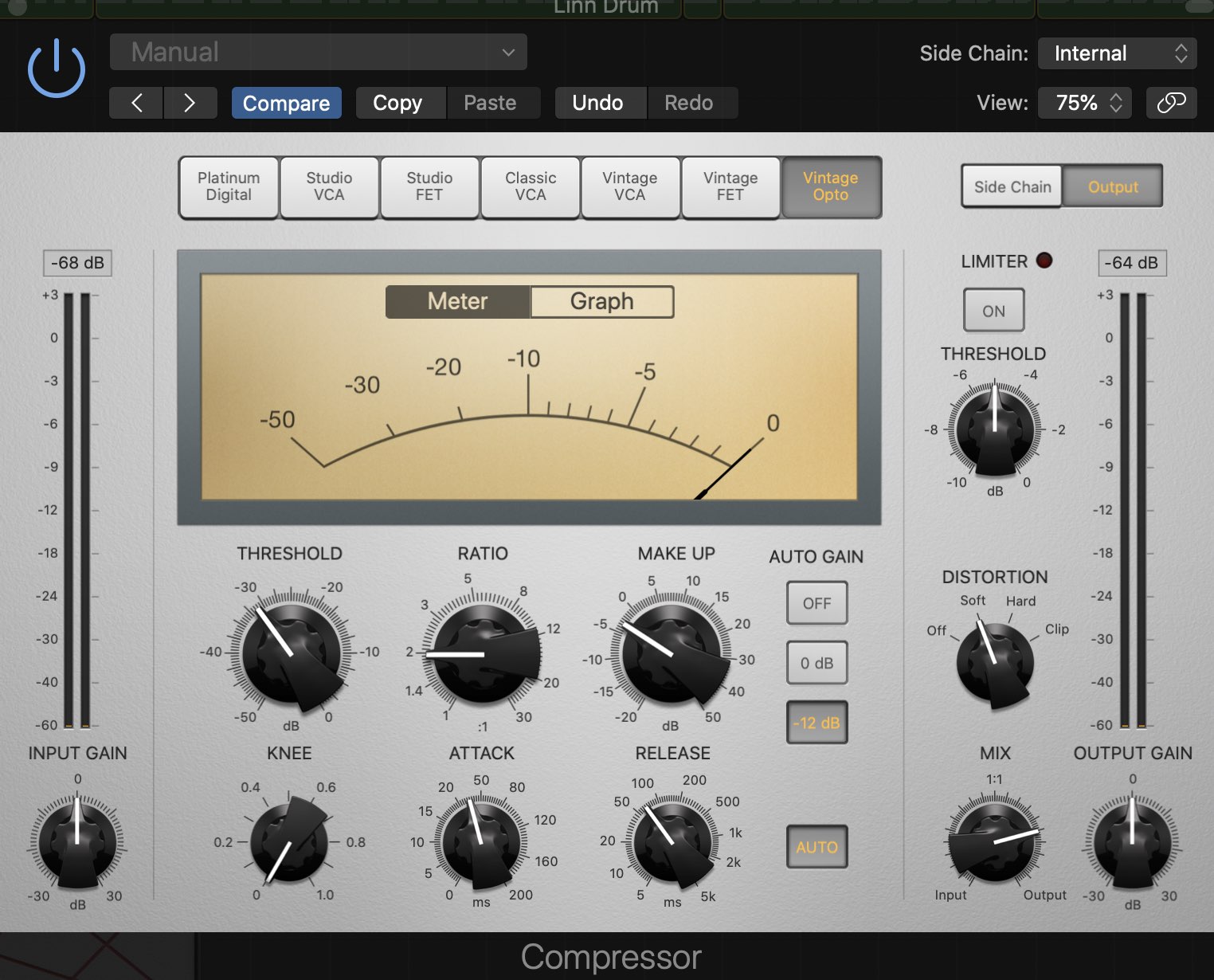How do you get a nice, close-sounding, intimate vocal sound, but still have it upfront and cut through the mix?
To make a vocal sound close in proximity, record closer to the microphone, use compression with a slower attack and fast release, boost the high frequencies, and keep the vocal as dry (less reverb) as possible. By combining these three techniques, you can get a very close-sounding vocal.
- Record close to mic
- Compression: slow attack; fast release
- EQ: boost presence
- Keep the vocal dry
- Record A whisper track
With these tips in mind, let's now dive into how to go about applying these three steps practically.
What Makes Something Sound Far Away Or Close?
In short, it is reverb that makes something sound close or far away. When someone is speaking right next to you, you're not going to hear much reverb or echo.
However, if someone is far away, then when they call out to you, you're going to hear a lot more of the "room sound" or reverb.
So probably the biggest thing you can do to make a vocal sound close it keep the vocal as dry as possible.
5 Steps To Making A Vocal Sound Close
Here are four techniques you can use to make your vocals sound close.
1. Record Close To The Mic

This is probably pretty obvious, but it can be a little trickier than it sounds.
The close you record to the mic, the more you have to be careful not to have clipping.
One thing you can do is move the mic up slightly so that the microphone is aligned with the vocalist's eyes or nose. This way, the vocalist is not singing directly into it, creating excessive plosives, sibilance, and clipping.
If, when recording a vocalist close to the microphone, you find you are having trouble with clipping...
You can check out my article here on how to avoid clipping your vocals.
Another thing to keep in mind when recording close to the microphone is the "proximity effect".
Proximity effect is the increase in volume of low-frequency sounds in a directional or cardioid microphone when the microphone is located very near the sound source.
If that increase in bass is desired, then great!
If not, then you'll just need to use EQ to carve this out.
How To Fix Audio That Sounds Distant
However, what if your vocal has already been recorded and you can't change how close the vocalist was to the microphone?
Don't worry, as there are still steps you can take to fix audio that sounds distant, and make it sound close.
Finish Songs Faster
Sign up to get my free rapid song-finishing checklist to help you finish more radio-worthy songs, faster.
2. Use Compression

Another tool you can use to help your vocals to sound close and upfront is compression.
You will want to use a slower attack and a fast release to get your vocal to sit upfront and feel close.
This is because the slower attack allows the initial transients of the vocal to come through without being squashed. This gives the impression that your vocal source is closer.
3. Boost Presence With EQ

"Presence" can be described as essentially the frequency range of 3 kHz – 6 kHz. This is typically the range where the lead vocal can be most distinguished.
Therefore, if you want to help your vocal to cut through, and feel more in your face, you can consider boosting this range.
4. Keep The Vocal Dry

Like I mentioned above, it is generally reverb that makes something sound far away.
So, if you want a close vocal sound, put very little reverb on it, or don't use any reverb at all.
Instead, to keep the vocal from sounding too dead, you can use a short delay.
This will give the vocal a sense of space without pushing it back in the mix and making it sound far away.
5. Record A Whisper Track

If all else fails, and you're still not getting the close, intimate, sound you're looking for...
Then consider recording the same vocal part again, but as a whisper. In other words, you actually whisper the lyrics as you record.
Next, you compress that whisper track and then bring it up to a level you like alongside your main vocal.
This whisper track will create the perception of closeness, as no one ever whispers to someone else from far away. This is a "close-up" sound.
Finish More Radio-Worthy Songs, Faster!
Recording clean, upfront, vocals is just one piece of the puzzle when it comes to producing pro-quality songs.
If you want a proven step-by-step formula for mixing radio-worthy tracks from start-to-finish...
Create Pro-Mixes, Faster
Click below to download my free song-finishing checklist to help you create radio-ready songs without taking months to complete them.
This checklist will walk you through a proven step-by-step mixing and mastering process so that you don't ever have to guess or wonder what to do next.
You'll know exactly what to do, and when, so you can quickly mix, master, and finish more tracks.
I hope you found this post valuable on how to get vocals to sound close.
If so, feel free to share, and let me know in the comments below…

thanks duder
Thank you so much, this has been very enlightening! Will definitely use this knowledge.